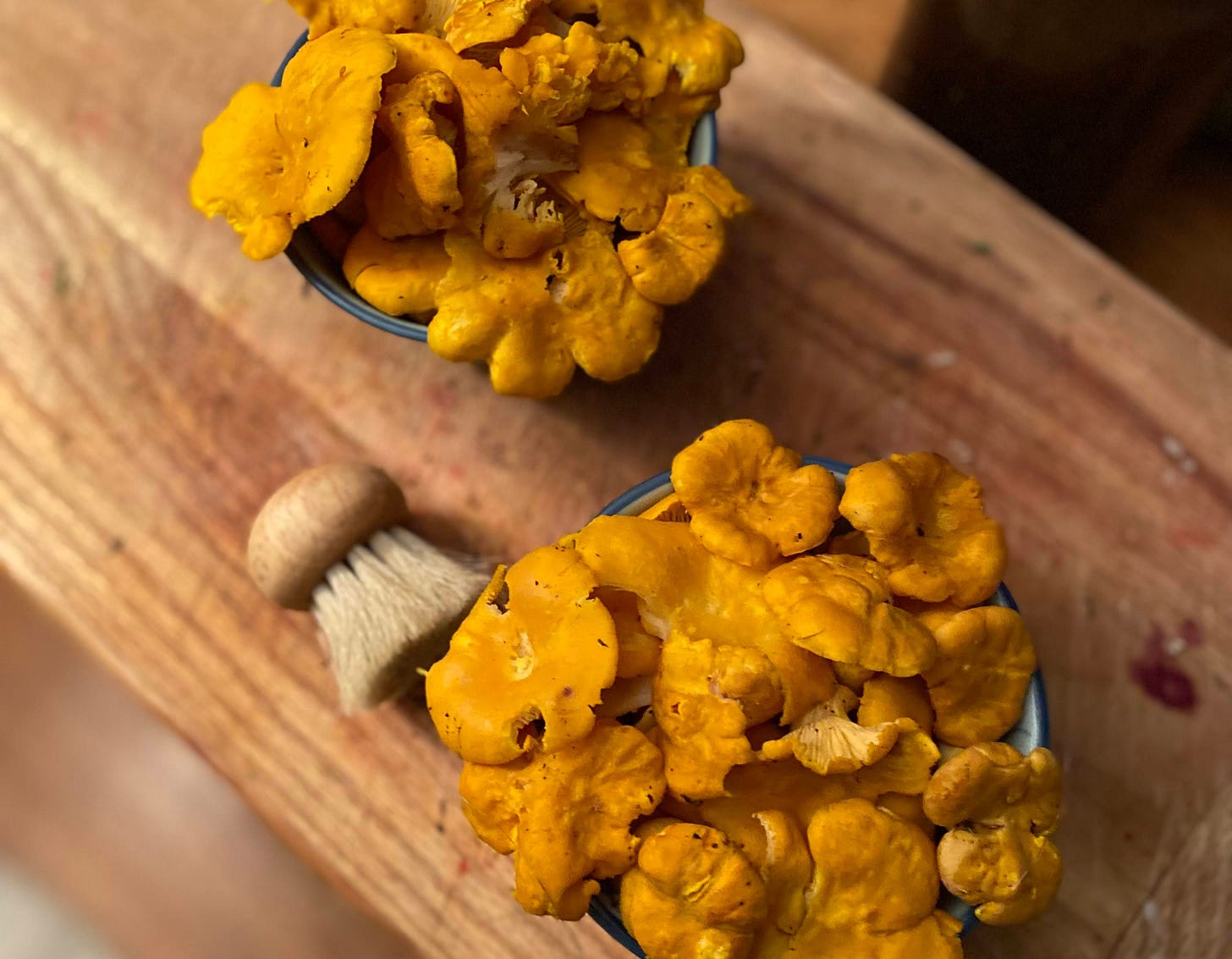“Take me with you, I am very fond of picking mushrooms,” he said, looking at Varenka; “I think it’s a very nice occupation”.
When the serious, intellectual Sergei Ivanovich says those words to the shy, spinsterish Varenka during lunch at his brother Levin’s country estate, the entire table understands what they mean: At last, Sergei will ask Varenka to marry him.
The mushroom-picking scene that follows is one of the most excruciatingly tense in the novel Anna Karenina, and indeed in all of Tolstoy’s writings. Discreetly, the group leaves the couple alone in the forest. Both are aware that it is now or never. Varenka’s cheeks are flushed; Sergei begins to practice the words of his proposal in his head. But at the last second, he puts a different question to her:
“What is the difference between the ‘birch’ mushroom and the ‘white’ mushroom?”
Varenka’s lips quivered with emotion as she answered: “In the top part there is scarcely any difference, it’s in the stalk.”
The marriage proposal is never made.
Tolstoy’s mushroom-gathering scene is one of several that feature in the literature of Central and Eastern Europe (another is in Pan Tadeusz, Ada Mickiewicz’s epic poem of nineteenth-century Poland), and no wonder. Mushroom gathering is still, in many rural Polish communities, a central part of social life. After a late-summer or autumn rain, whole families go off into the woods to hunt mushrooms. In Communist Poland, factories and other workplaces would organize weekend mushroom-picking outings to the forest. These occasions were — as in Anna Karenina — famously conducive to romance. Poles who have immigrated to Britain or America are always amazed by the fabulous edible mushrooms that grow in public parks, which no one recognizes or seems willing to pick. Instead, we Anglo-Saxons prefer to purchase dried porcini at high prices in supermarkets.
During mushroom high season, between August and October, some Poles spend days gathering mushrooms, which they then sell in buckets by the side of the road. Nowadays, those who gather mushrooms, whether for love or for money, have increased their efficiency. One Polish website publishes a constantly updated Internet map, showing the best sites for particular mushrooms all over the country.
As a result of all of this activity, wild mushrooms, whether fresh or dried, are a basic ingredient in traditional Polish cooking. They are made into sauces and soups, thrown into stews, and used to add flavor to pork and to game. Some would be familiar to a North American or European cook: Borowiki, the most prized Polish mushrooms, are from the boletus family, just like porcini. Kurki, which appear in late July or early August, are kown outside of Poland as chanterelles. Others, such as soft maszlaki and the smaller kozaki — in English “slippery jacks” and “scaber stalks” — have slightly different textures, the former being somewhat softer than the others, the latter crispier.
As for the following recipe, do be forewarned: Our method is not how Italians cook wild mushrooms, and it is not how a French person would cook wild mushrooms either. So if you are accustomed to crunchy porcini, lightly sauteed in oil, this recipe will seem odd. Don't let that put you off. The Italians and the French don't know everything about mushrooms, and this Polish version has a number of virtues. In Poland, wild mushrooms are often boiled twice, to remove dirt and soften, and are then cooked with cream. They come out meltingly soft, mild, and woodsy at the same time -- perfect alongside other dishes, excellent when spread on toast, and superb by themselves, or perhaps over a couple of mashed potatoes.
Ingredients
Chanterelles & Crimini – cleaned and trimmed
Unsalted Butter – 1 tbsp
Onion – 1 small one, peeled and minced
Sour Cream – a dollop
Fresh Dill, or Parsley, chopped – a handful
Salt – to taste
Pepper – Freshly ground
Instructions
Cut off the very bottom of each mushroom’s stem. Chop the mushrooms roughly into chunks.
Put the mushrooms in a large pot and cover with water. Bring to a boil, remove from the heat, drain, and rinse. Cover with fresh water, bring to a boil a second time, and continue boiling for at least 20 minutes, until the mushroom caps and stems are completely soft. Drain the mushrooms, and strain the broth through cheesecloth if you would like to use it for another purpose- such as a cooking liquid for this week’s Cabbage Rolls, or an addition to the Borscht.
Melt the butter in a large saucepan or saute pan over medium heat. Add the minced onion, cook for 1 minute, and add the mushrooms. Cook for about 10 minutes, stirring occasionally, until the onion is translucent and the mushrooms are lightly browned. Add the sour cream and dill (or parsley), stir well for another minute, sprinkle with salt and several good grinds of pepper, and serve immediately.




